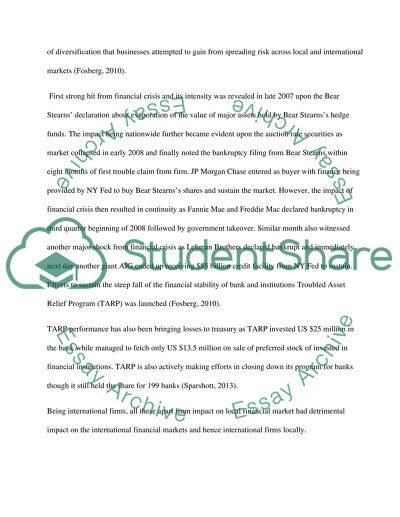Cite this document
(“Impact Of Financial Crisis On The Capital Structure Decision Making Of Essay”, n.d.)
Impact Of Financial Crisis On The Capital Structure Decision Making Of Essay. Retrieved from https://studentshare.org/finance-accounting/1403839-finance-theories
Impact Of Financial Crisis On The Capital Structure Decision Making Of Essay. Retrieved from https://studentshare.org/finance-accounting/1403839-finance-theories
(Impact Of Financial Crisis On The Capital Structure Decision Making Of Essay)
Impact Of Financial Crisis On The Capital Structure Decision Making Of Essay. https://studentshare.org/finance-accounting/1403839-finance-theories.
Impact Of Financial Crisis On The Capital Structure Decision Making Of Essay. https://studentshare.org/finance-accounting/1403839-finance-theories.
“Impact Of Financial Crisis On The Capital Structure Decision Making Of Essay”, n.d. https://studentshare.org/finance-accounting/1403839-finance-theories.


